Smartsheet vs. Excel: Which Should You Use for Project Management?
Choosing the right project management tool is crucial for simplifying processes and enhancing team efficiency. Two popular options are Excel and Smartsheet. While Excel excels in data analysis and handling, Smartsheet is designed specifically for managing projects with advanced capabilities in task management, deadlines, and teamwork.
As teams strive for smarter ways of working, selecting the appropriate tool becomes imperative. Although both Excel and Smartsheet offer distinct advantages, their limitations depend on the complexity of your project. This article provides a comprehensive comparison of both products based on usability, functionality, collaboration, and integrations. Understanding what each tool offers will help you choose the ideal one for your team, whether you’re managing a large project or a simple task list.
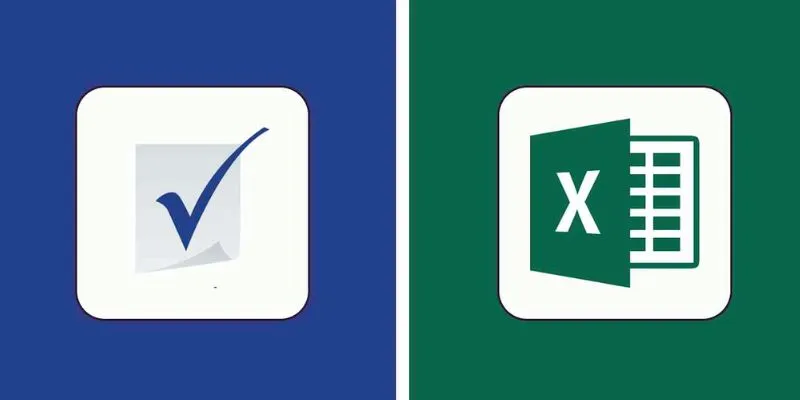
Excel vs. Smartsheet: A Detailed Comparison for Project Management
Decide between Excel’s flexibility or Smartsheet’s precision. Each tool empowers your project with unique features and intelligent insights.
Usability: Excel’s Simplicity vs. Smartsheet’s Focus
Excel’s widespread use means many are familiar with its data tracking capabilities, making it easy to start without a steep learning curve. It excels at managing budgets, numbers, and lists but falls short in task tracking and project process management. In contrast, Smartsheet is purpose- built for project management, helping you efficiently manage deadlines, tasks, and schedules. Its design ensures organization and boosts productivity. Although Smartsheet has a slight learning curve, its benefits outweigh this minor challenge. The user-friendly interface enhances communication and collaboration. Both tools hold value; choose the one that aligns with your specific goals and working style.
Features: Excel’s Power vs. Smartsheet’s Project Tools
Excel is a powerhouse for data visualization, modeling, and basic calculations, but it offers limited project planning capabilities. It lacks built-in automated reminders and Gantt charts without additional plugins. Smartsheet, designed specifically for projects, covers tasks, automation, and timelines, making it easy to manage deadlines and track progress. Its built-in dashboards simplify reporting. Smartsheet’s project tools are ready to use without complicated setup or coding. If project features are a priority, Smartsheet is the better choice for managers and teams.
Collaboration: Smartsheet’s Team Advantage
When it comes to collaboration, Smartsheet excels. It enables team members to work simultaneously on the same sheet, with changes reflected instantly. You can create reminders, leave comments, and assign tasks, ensuring everyone stays updated and aligned. While Excel offers online sharing, it’s not as seamless, and version issues or lost edits can occur. Excel suits small teams or individual use, whereas Smartsheet is designed for real-time team collaboration. If collaboration is your priority, Smartsheet clearly leads by keeping your entire team connected in one place.
Integration: Excel’s Flexibility vs. Smartsheet’s Seamless Sync
Excel integrates with various tools, easily linking to databases, financial systems, and more. It’s highly adaptable, extending beyond project use. Smartsheet also integrates well, especially with project-focused tools like Teams, Google Workspace, and Slack. Rapid setup templates are available for managing tasks and processes. For extensive adaptability, Excel is the winner. For smart connections in a project-centric environment, Smartsheet is more suitable.
Pricing: Excel’s Affordability vs. Smartsheet’s Subscription Model
Excel is often included in Microsoft Office, meaning many users incur no additional cost. It’s affordable for individuals and small businesses. Smartsheet operates on a paid subscription model, charging per user and for additional features, which can become costly for large teams. However, it offers advanced management tools that Excel lacks, potentially justifying the expense for your team. Consider your team size and budget constraints when choosing between Excel’s cost-effectiveness and Smartsheet’s premium features.
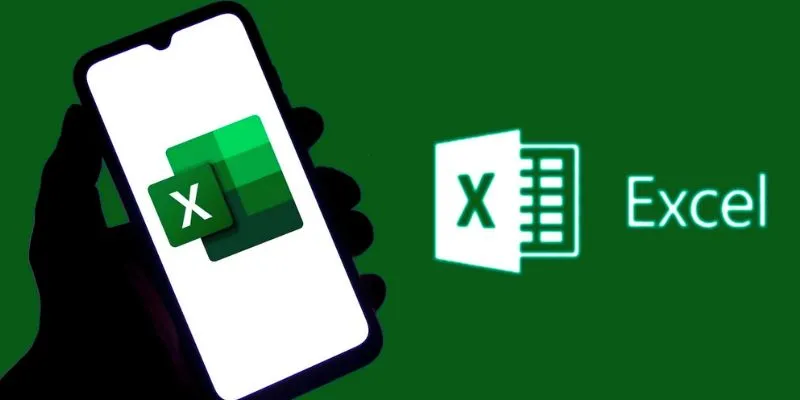
Customization: Excel’s Freedom vs. Smartsheet’s Ready Templates
Excel allows you to build anything from scratch, making it ideal for custom sheets, models, and reports, although this requires time and expertise. Special formatting or formulas might be necessary. Smartsheet offers built-in templates ready for common project tasks, saving setup time and effort. You can still tailor documents to meet project requirements. Excel demands effort for freedom, while Smartsheet provides structure and speed. If you want quick starts with minimal effort, Smartsheet is beneficial. For complete control, Excel offers endless possibilities.
Which is Better: Excel or Smartsheet?
Your project’s needs determine whether Excel or Smartsheet is the better choice. If you’re familiar with Excel, it’s a straightforward decision for simple calculations and data tracking. Its flexibility lets you create custom sheets easily. However, it lacks advanced project management tools like automation and Gantt charts. On the other hand, Smartsheet is designed for project management, offering features like timelines, task assignments, and progress tracking with user-friendly interfaces.
For teams, Smartsheet excels in collaboration, although Excel offers some collaborative features. Smartsheet also integrates more harmoniously with project management tools. If you require real-time teamwork and specific features, Smartsheet is ideal. For minor needs, Excel can suffice. Ultimately, the best decision comes from assessing your project’s scope, team requirements, and budget.
Conclusion:
Your project’s specifications will guide whether Excel or Smartsheet is required. Excel is excellent for straightforward calculations and tasks, offering familiarity and adaptability, though it lacks advanced tools. Smartsheet shines in project management with features like Gantt charts and real-time teamwork, making it ideal for teams and large projects. However, Smartsheet requires a subscription, while Excel is more affordable and accessible for smaller teams or simpler tasks. Ultimately, it’s about finding the best fit for your team’s needs. Both Excel and Smartsheet offer unique features that enable effective project management regardless of your choice.
Related Articles

Smartsheet vs. Asana: Which Project Management App is Right for You?
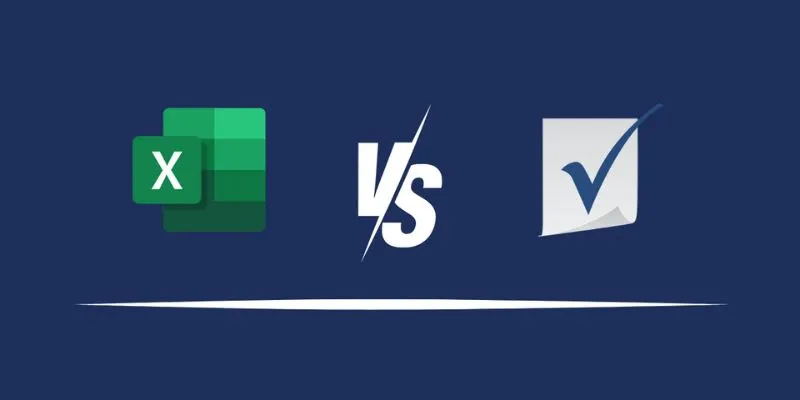
Excel or Smartsheet: Which is the Better Option for Project Management?
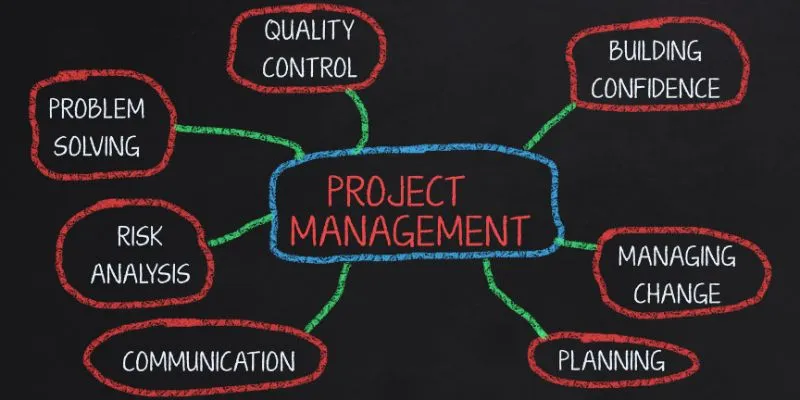
Best Project Management Software for Small Businesses: A Comprehensive Guide

The 13 Best Campaign Management Software Tools to Streamline Your Marketing

Trello vs. Jira: Choosing the Best Tool for Your Projects
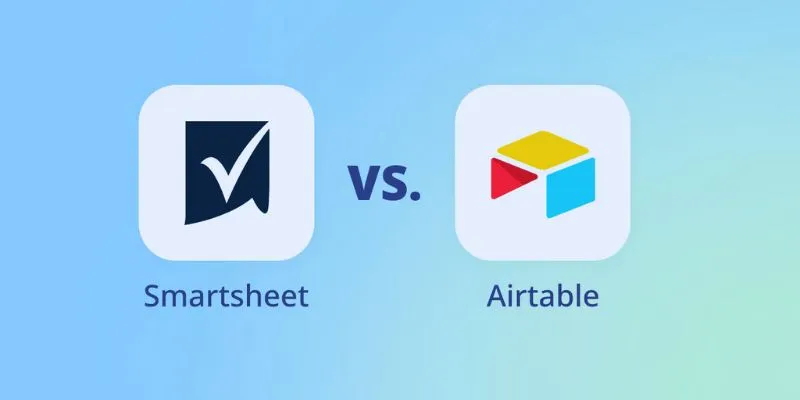
Smartsheet vs. Airtable: Which Should You Use for Project Management
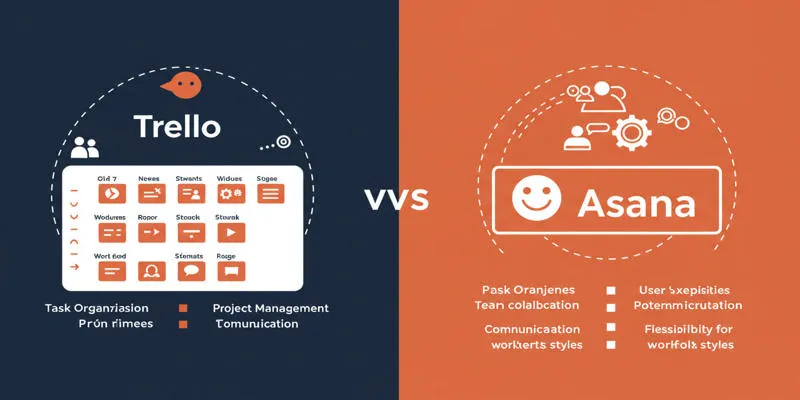
Trello vs. Asana: Which Project Management Tool is for You?

20+ Best Digital Marketing Tools

Discover the 6 Best Employee Management Software and Apps for 2025
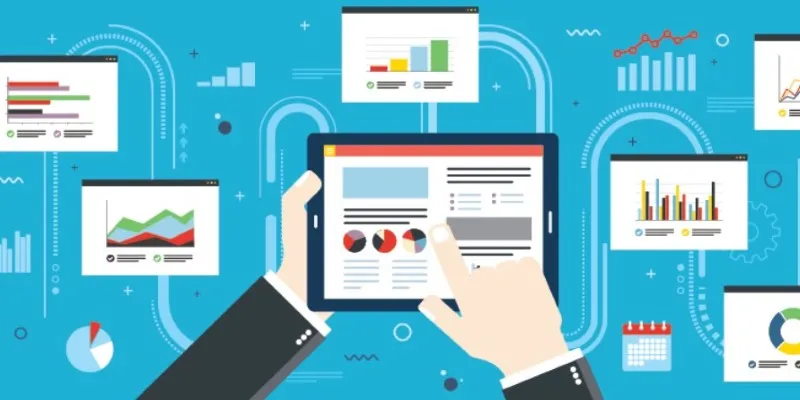
The Best Project Management Tools for 2025: Trello, Asana, and More
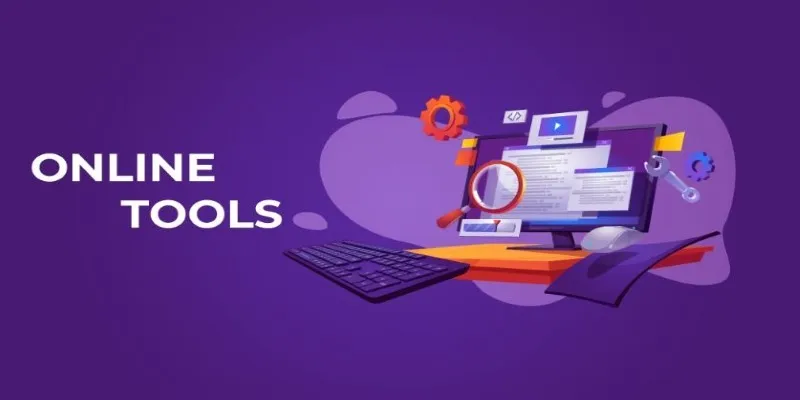
The Power of Online Tools: Definition, Purpose, and Impact
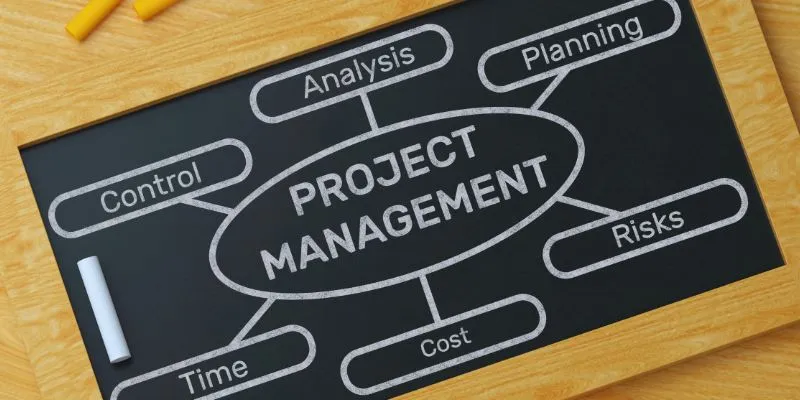
Streamline Your Workflow: 6 Effective Ways to Automate Project Management
Popular Articles

Miro vs Mural: Which Visual Collaboration Tool is Right for You

The Beginner’s Guide to Changing WAV Files into MP3 Format

Turn Low-Res Clips Into HD: Top 5 Converter Tools
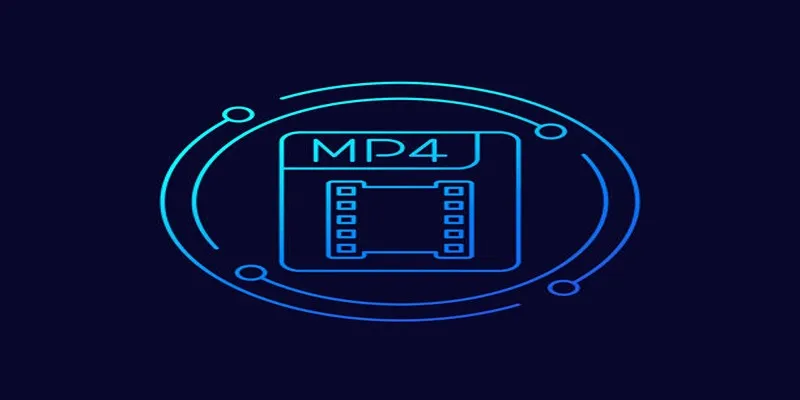
Free Ways to Convert HEVC to MP4 Without Losing Quality
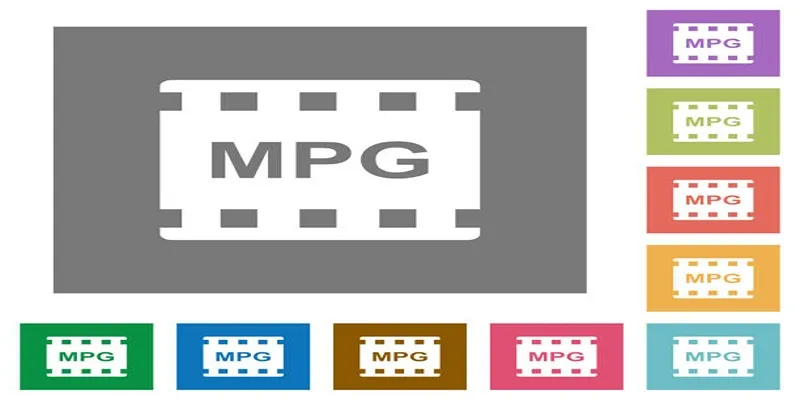
Best Free Tools to Convert MPG to MPEG Effortlessly
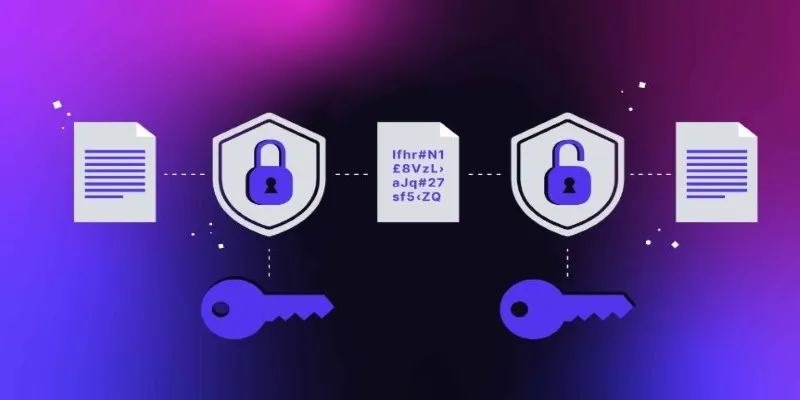
What Encryption Really Does in Modern Online Tools

Top 5 Apps to Add Music to Your Videos on Android Devices

How to Make a Creative Instagram Story Using Photo and Video Collages
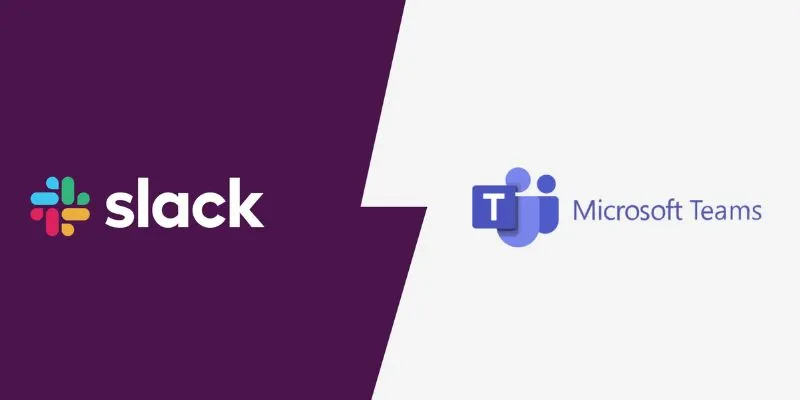
Slack vs. Teams: Which Should Your Business Use for Enhanced Collaboration

How to Use Tags and Labels to Organize Your Files: A Step-by-Step Guide
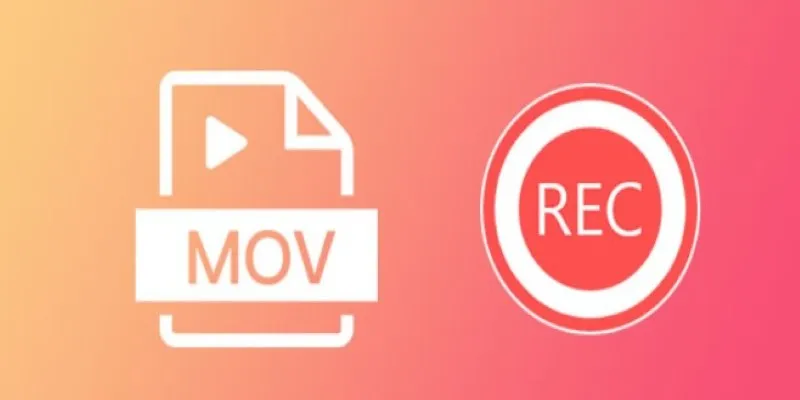
8 Best MOV Recording Software for Windows Users

 mww2
mww2